
Wearing new shoes can be exciting, stylish, and confidence-boosting. Unfortunately, sometimes, it can also be painful. In order to prevent blisters and uncomfortable feet, it is imperative that a shoe is broken in first before it is worn for a whole day - and especially a whole day were you'll be on your feet for extended lengths of time.
In this blog, we've consulted the pros (AKA our staff) to find tips and tricks on how to make your shoe break in process easier! Remember to only follow these tips if you're absolutely sure you're keeping the shoes. Almost all retailers have the same policy regarding returning shoes - brand new, unworn condition. To view our return policy, click here. That being said, if you're keeping your shoes and they just need a little adjusting, read on!
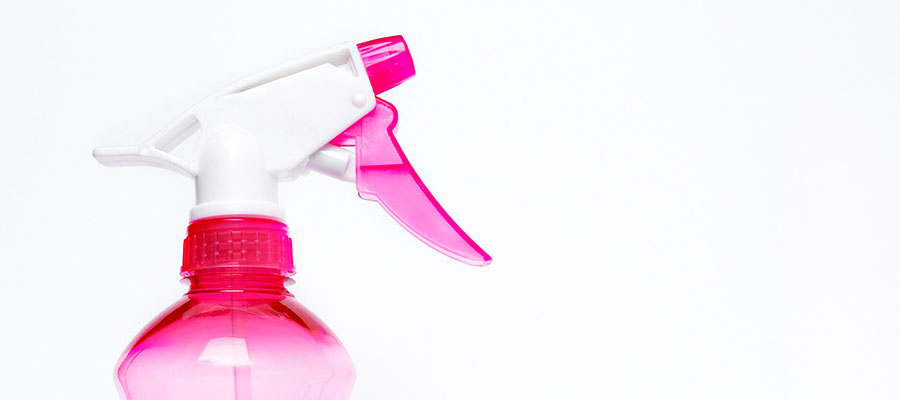
First things first: Spray your shoes with a water and stain repellent.
It doesn't matter the material of your new shoes, you should do this for shoe you get before you wear them. While some materials are naturally more water repellent, such as a smooth leather or patent, some materials are more porous, such as the suede on your new UGG Boots. This commonly overlooked, but immensely beneficial, first step can be the key to helping preserve that new shoe look. A water and stain repellent spray helps to make stains easier to wipe off, as it helps to prevent the stain from seeping into the fibers of the material. This step should be repeated every few months depending on how often you wear the shoes.
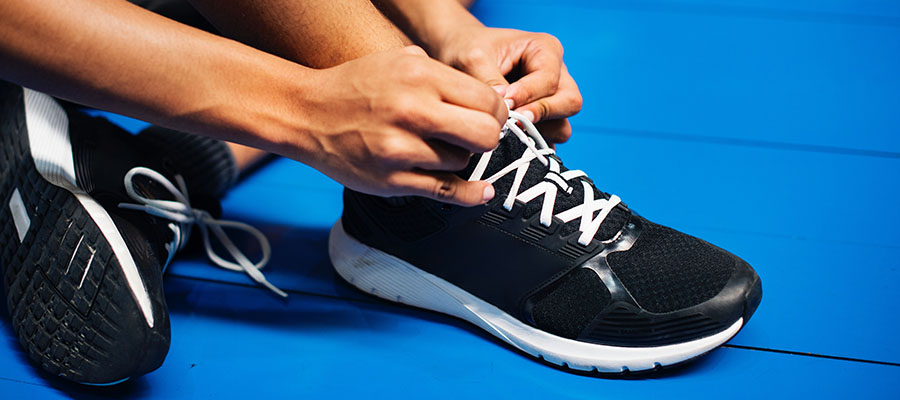
Make sure your shoes are laced and tied properly.
This is a small thing that can make a huge difference! We suggest to start by loosening the laces all the way down. Then, insert your foot into the shoe. Make sure the shoe is secure on a flat surface. Starting from the bottom and working your way towards your ankle, pull the laces until you feel a snug (but not too tight) fit around your foot. By adjusting all of the shoe laces, it ensures a secure fit around your foot and prevents the foot from slipping forward in the shoe. Check out our video on how to tie shoes the right way here.

Vacuum in them.
Yep, you read that right! I once had a customer tell me that she breaks in all of her new shoes by vacuuming in them. I thought she was crazy until I tried it. If you're vacuuming, you're most likely walking on cushioned carpet which helps eliminate that new shoe stiffness that can happen. You're also putting pressure on the forefront of your foot, which helps to gently stretch the toe box to your specific foot. You're moving in your new shoes so this gives the shoe a chance to adjust to your specific foot.
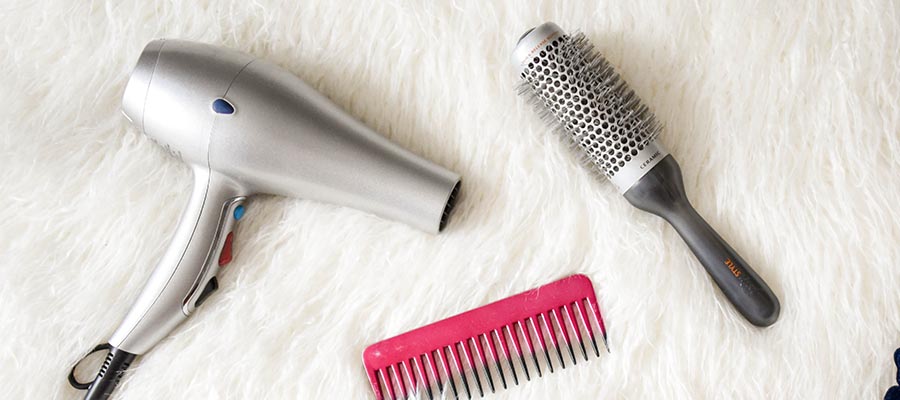
Use your blow dryer.
Here's how it works. Put thick socks on and blast one of your shoes all over with your hair dryer until it's slightly warm and soft, about a minute or so. Then, put your shoe on (with your thick socks on, of course!). Repeat with the other shoe. From there, walk around your house in the shoes until they've cooled. The longer you can wear them, the better. Repeat this process as needed. If you're using this tip on a leather or suede shoe, you only want to slightly warm the surface of the material. Remember that leather is a natural animal product and too much heat has the potential to make your shoes more brittle.
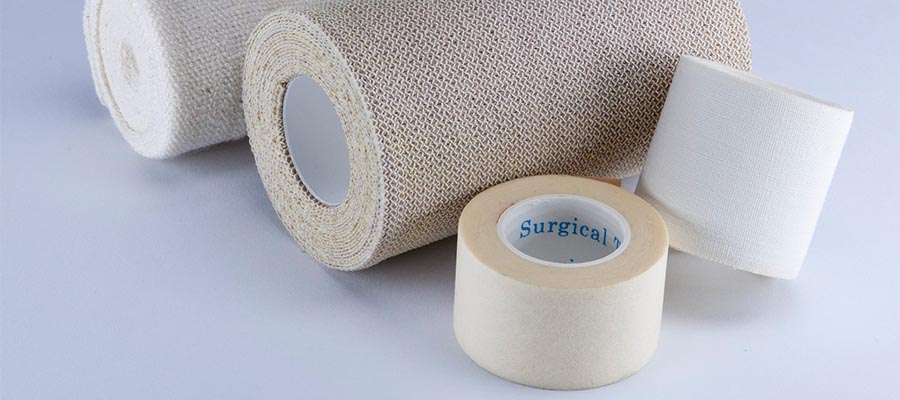
Tape your toes.
OK, this sounds far fetched, but it works. Tape your third and fourth toe together. No kidding! Between the third and fourth toes, There's a nerve split which can cause pain when pressure is put on it. When you tape the two toes together you're aligning your muscles which helps avoid putting pressure on that nerve.

Wear your shoes in frequent small increments of time at first.
When you're breaking in your new shoes, start with small but frequent increments of time. For example, if you have a pair of heels for an event that are a little too snug around the forefront of the foot, try wearing them for a few ten minute increments. Gradually start to work your way up to wearing them for longer increments until you feel comfortable wearing them all day.
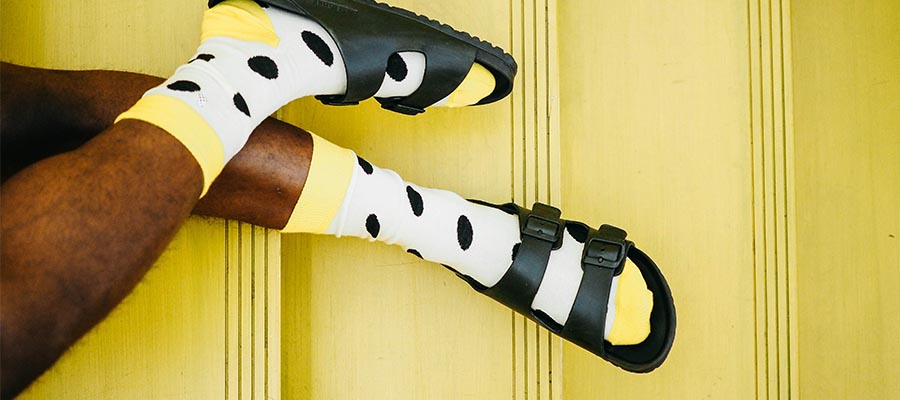
Wear the shoes with thick socks.
If your shoes are a little snug, try wearing a pair of thick socks to help initially break them in. If you don't have thick socks handy, just use two pairs of thinner socks. This helps to teach the shoe the shape of your specific foot while protecting your feet from blisters and soreness.

Break them in at the end of the day.
Gravity is to blame here. When you first wake up, your feet are smaller than at the end of the day due to swelling from being on your feet all day. This is the perfect time to break in your new shoes. This allows your shoes to mold to the maximum size your feet will be.
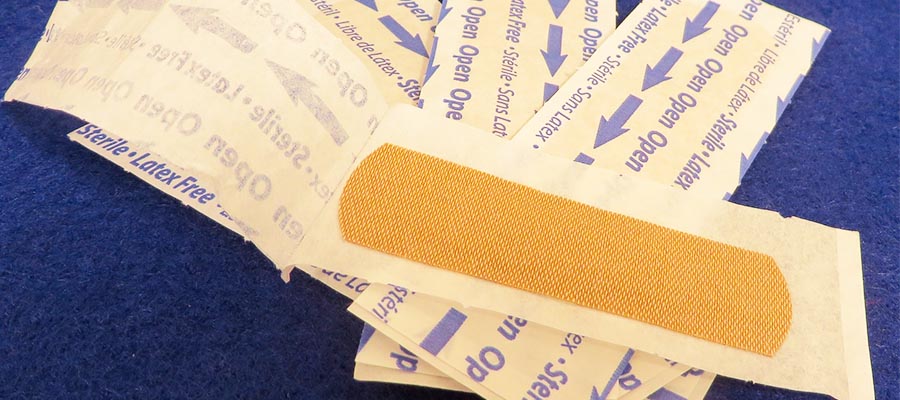
Identify hot spots.
Identify your specific 'hot spots' before breaking in your shoes. One way to protect those hot spots is with good old moleskin. This helps to stop blisters before they even start forming. Band-Aids can also be a great fix, especially if your shoes rub the back of your feet. Trust us when we say that applying a skin-tone pad to your feet is always preferred to having a drop of blood on your light colored shoes.
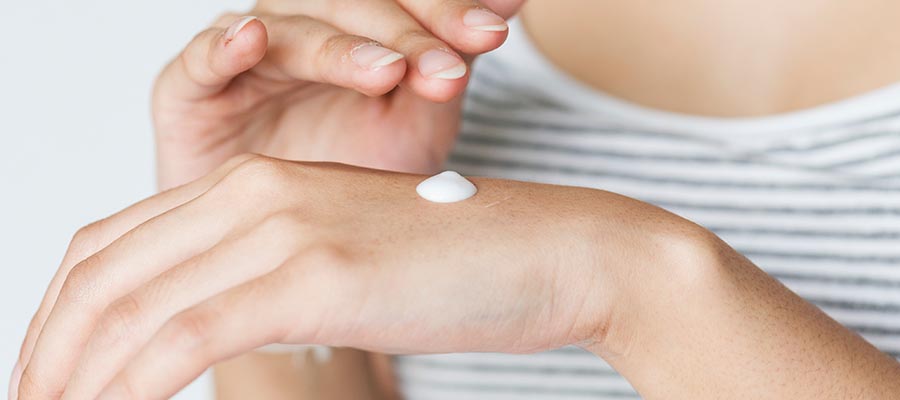
Protect those dry spots
The spots most prone to rubbing are dry spots and rubbing usually equals blistering. An easy way to prevent blistering from happening while you're styling your new kicks is to make sure those dry spots are well moisturized. Some of the most blister prone areas of your feet are both your heels and toes and moisturizing those areas before you put your shoes on is a quick way to protect that skin.
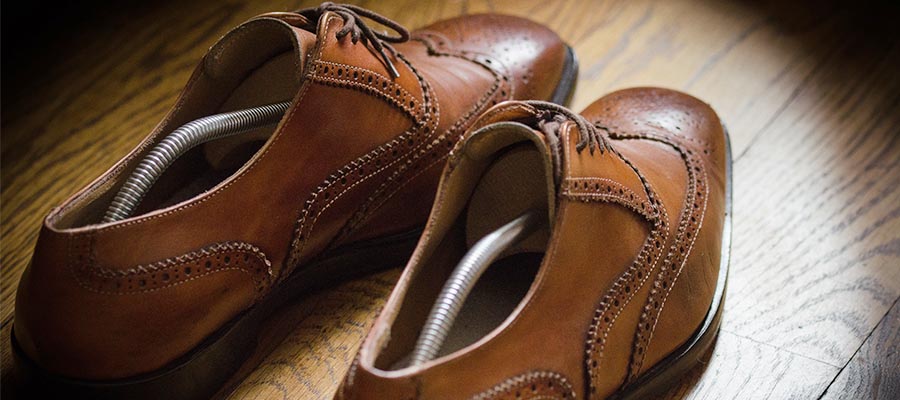
Shoe-Shapers
If own a shoe-shaper, or a shoe tree, put these in your new shoes at night time. These help to safely expand the material in the right spots. Some shoe tree sets come with a special spray to help expedite stretching; if not, you can find shoe stretching spray at your local shoe repair shop.

Here are some techniques to AVOID:
Not all shoe break-in hacks are created equal. Certain shoe-stretching tips do not work or can potentially ruin your shoes, depending on the material they're made out of. Trust us when we tell you to avoid the following breaking-in techniques.
DO NOT apply rubbing alcohol on your shoes. This can leave obvious marks on leather shoes, remove the natural oil from the leather, and has the ability to discolor the leather.
DO NOT hit your shoes with a hard object. Hitting the backs of shoes to soften them will usually work, but is it worth it to risk accidentally breaking your new shoes? No, no it is not.
DO NOT have a person with bigger feet than yours break your shoes in. This technique sounds good in theory but is probably going to ruin your shoes.This teaches the shoe to mold and conform to his or her feet, not your own! You can always stretch your shoes more, but there's no going back if you accidentally over stretch them.
